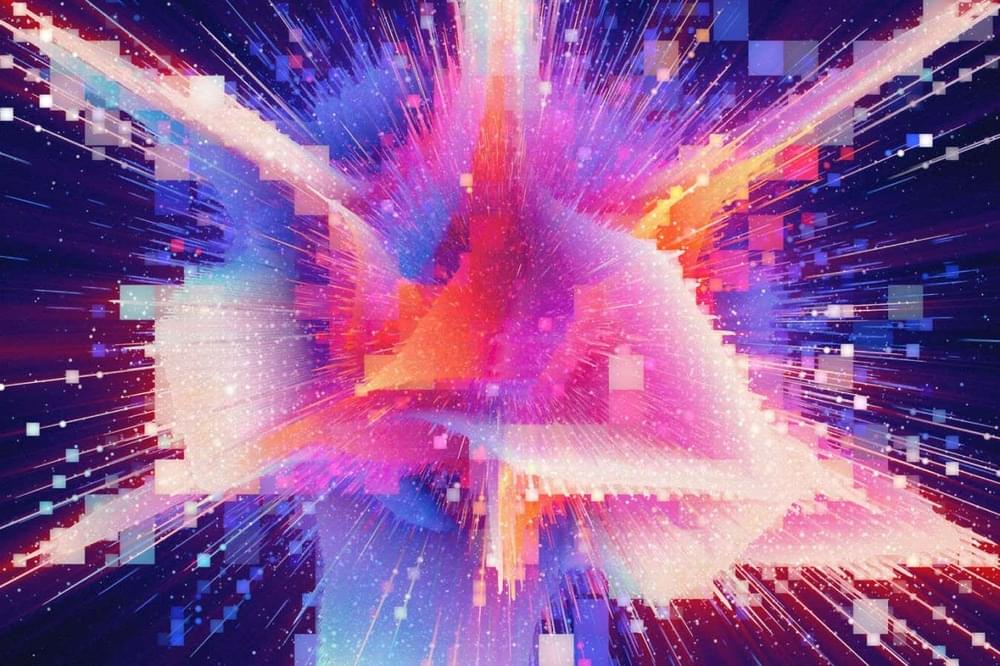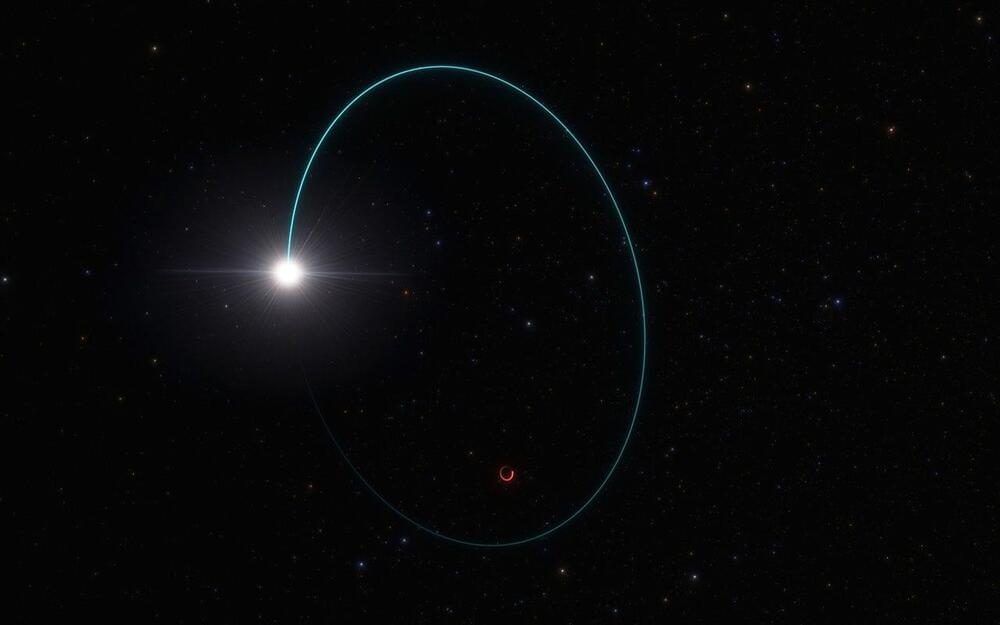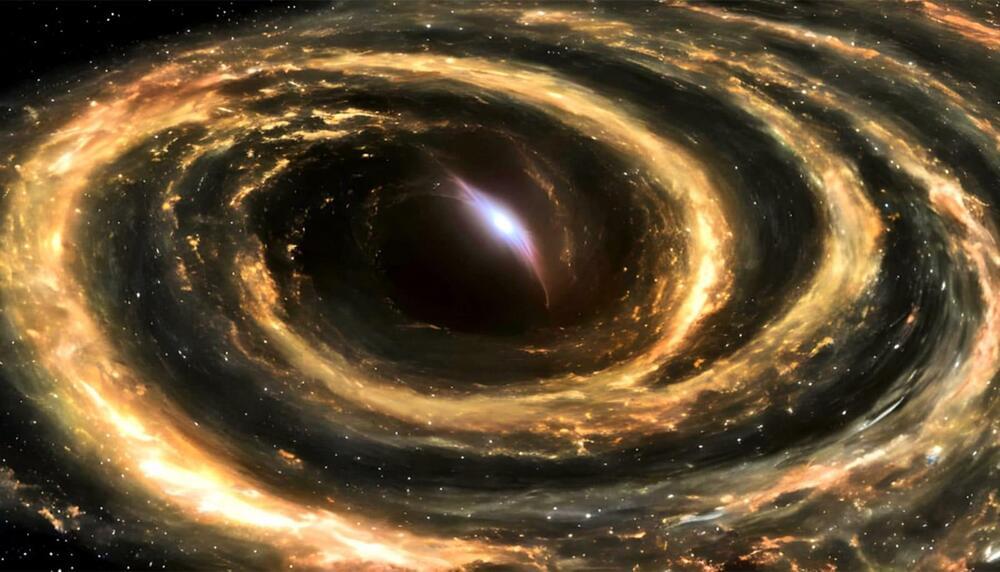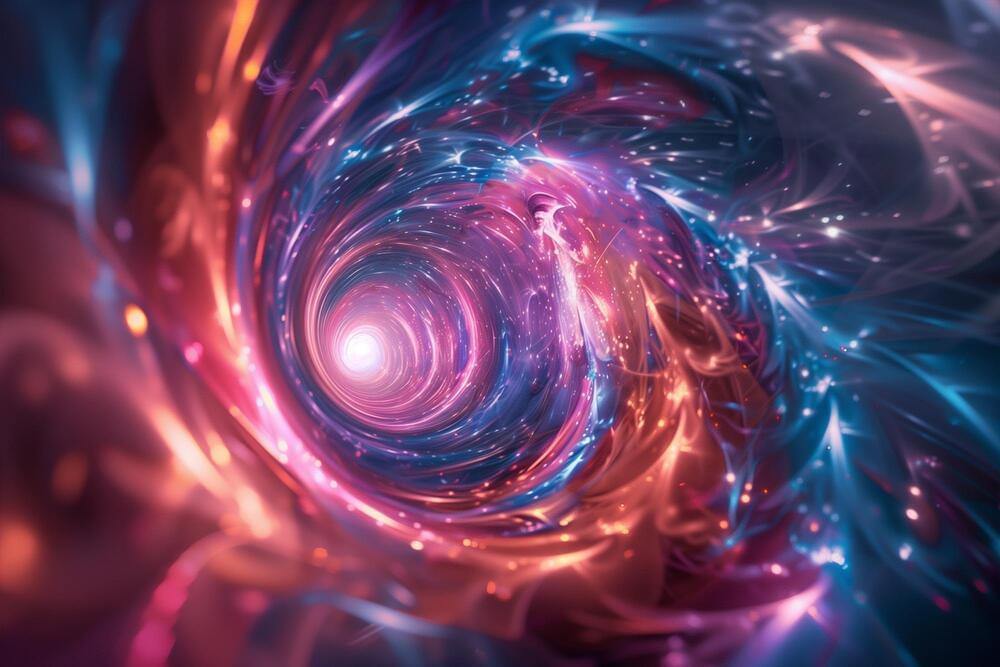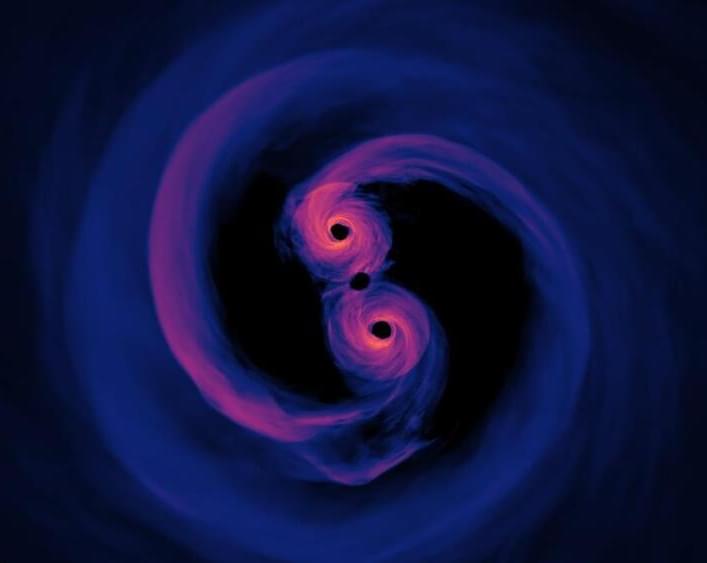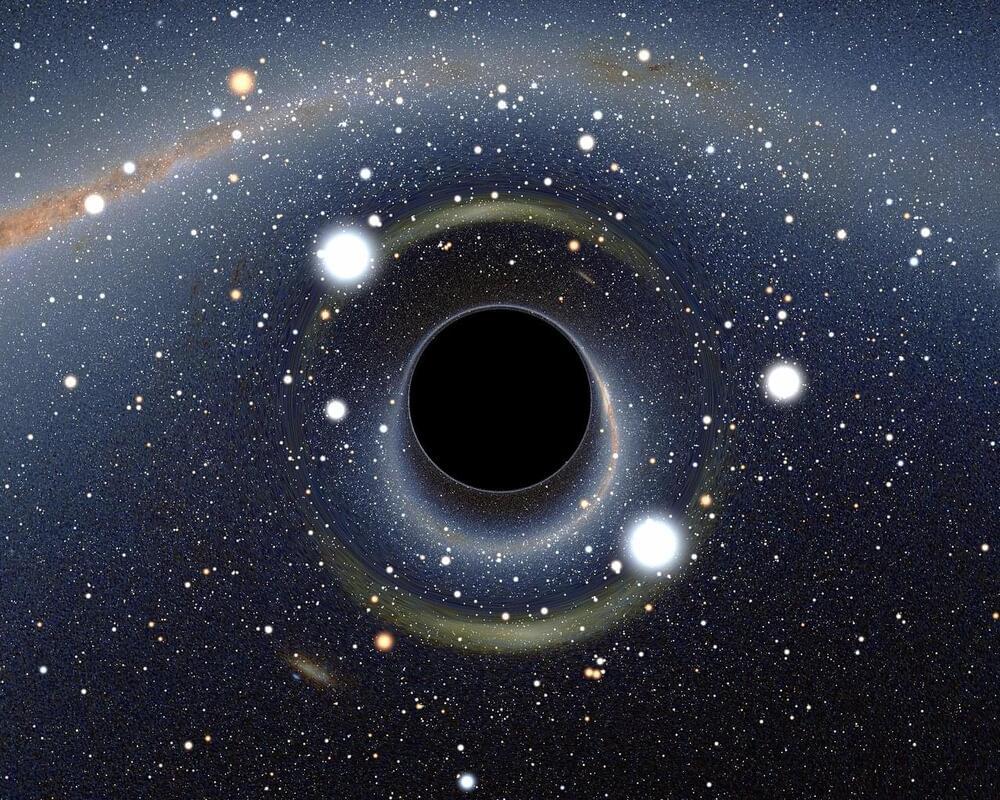NASA’s Fermi Telescope has revealed new details about the brightest of all time gamma-ray burst which may help explain these extreme and mysterious cosmic events.
Gamma-ray bursts (GRBs) usually last less than a second. They originate from the dense remains of a dead giant star’s core, called a neutron star. But what causes neutron stars to release huge amounts of energy in the form of gamma radiation is still a mystery.
In October 2022, astronomers detected the largest gamma-ray burst ever seen – GRB 221009A. It came from a supernova about 2.4 billion light years away. The event had an intensity at least 10 times greater than any other GRB detected. It was dubbed the BOAT, for brightest of all time.


